For both new and established organizations, deciding on the right online sales strategy has become essential. This essay explores the complexities of operating in this online market, providing guidance on comprehending products, choosing the best platform, creating successful online stores, and putting plans into practice to maximize sales. The goal as we examine these aspects is to offer a thorough manual for people and companies looking to succeed in the cutthroat world of internet sales.
Online sales
Online sales have completely changed the way people do business, giving companies access to previously unheard-of worldwide markets. Businesses may reach a wide range of customers by using a variety of online platforms, from social media sites like Facebook and Instagram to e-commerce websites like Amazon and eBay. The key to successfully selling products online is a strategic strategy that includes identifying the target market, developing user-friendly online storefronts with eye-catching product descriptions and images, and putting marketing plans into action. Enhancing the online selling experience by offering safe payment alternatives and first-rate customer care helps to build client loyalty and trust. To survive in the cutthroat world of online sales, firms need to be adaptable, keep an eye on performance data, and seize new opportunities as the digital landscape changes.
Choosing the Right Platform
Selecting the appropriate platform is the first step towards successfully selling goods online. There are numerous solutions accessible, each having pros and cons of its own. When making your selection, it’s critical to take your unique requirements and objectives into account. The most well-known online marketplaces are Etsy, Amazon, and eBay. These platforms provide a large pool of prospective customers, but they also have transaction and listing costs. Niche markets like Depop for streetwear and Poshmark for clothes are more alternatives. By catering to particular interests, these platforms can assist you in reaching a more focused audience.
You might also think about utilizing a platform like Shopify or WooCommerce to create your own online store. Although this solution offers you greater control over your presentation and brand, it also necessitates more work and technical know-how. Selling on social media is an additional feasible choice. Without needing to build your own website, you may access a large audience of potential customers with platforms like Facebook Marketplace and Instagram Shopping.
Factors to consider when choosing a platform
- Products you’re selling: Take into account who uses the site and whether your offerings are a good fit. For example, Etsy can be a better option than eBay if you’re selling handmade jewelry.
- Costs and fees: Examine the costs associated with listing, transactions, and payment processing. While some platforms have greater costs, they might have more features or a wider user base.
- Usability and practicality: Analyze the features and ease of use of the platform. Certain platforms have additional functionality, such as marketing tools and inventory management, and are simpler to use than others.
After taking these things into account, you may focus your options and choose the platform that best meets your requirements.
how do Choosing the Right Platform for selling items online
Describe Your Target Market and Products:
Recognize your target market and the things you are marketing. Certain product categories or customer demographics are better suited for particular platforms.
Investigate Various platforms:
Investigate several e-commerce sites and online marketplaces. Popular choices include of:
- Amazon
- eBay
- Etsy (for handmade and vintage items)
- Shopify
- WooCommerce (for WordPress users)
- BigCommerce
- Magento
Think about the costs connected to each platform. The cost structures of various platforms vary, and these include the listing, transaction, and subscription costs. Don’t forget to figure out how much selling on each platform will cost in total.
Easily Usable:
Select a platform with an intuitive user experience that complements your technical expertise. While certain platforms are more suited for novices, others could call for a higher level of technical proficiency.
Viability and Traffic:
Analyze the visibility and traffic of the platform. While smaller, niche marketplaces might provide a more focused audience for particular products, larger marketplaces like Amazon and eBay might have a higher volume of visitors.
Methods of Payment:
Think about the methods of payment that each platform accepts. Make sure the platform accepts the payment options that your target market prefers and that the transaction process is safe.
Delivery and Satisfaction:
Examine the fulfillment and shipping choices that each platform offers. While some platforms allow you to handle shipping individually, others may offer integrated shipping options.
Customer Service:
Think about how much customer service each platform offers. When you run into problems or have inquiries concerning your online store, this might be quite helpful.
Brand Customization:
If you value developing a brand, think about how much customization each platform offers. Certain systems offer greater customization options for branding and design.
Evaluations and Image:
Examine other merchants’ comments and reviews on each platform. This might help you make an informed choice by providing you with information about other vendors’ experiences.
Scalability:
Select a platform that will grow with your company. As your company expands, be sure the platform can handle a growing volume of orders and items.
Rules & Regulations:
Examine and comprehend each platform’s terms and conditions. Certain platforms could limit the kinds of goods you can offer or might have particular rules that could affect your company.
Creating Compelling Listings
It’s time to make engaging listings that will draw buyers and persuade them to buy your things after you’ve selected the best platform. Here are some essential pointers for producing listings that work:
Make sure your titles are precise and succinct. They should accurately describe your products and contain relevant keywords that customers may use in their searches. Make sure your titles are concise and free of superfluous jargon or promotional language. Give thorough explanations; don’t just cut corners with the details! Give detailed information about your items, including details about their characteristics, upkeep, and application, among other pertinent facts. More information will make potential customers more knowledgeable, which will boost their trust and enhance the chance that they will make a purchase.
Make use of high-resolution photos. Online sales depend heavily on visuals. Provide buyers with a clear and well-lit image of the goods from several perspectives, so they can judge their appearance and condition. Steer clear of utilizing overly Photoshopped or stock photos, as these may mislead prospective buyers about the item. Establish competitive pricing, examine similar products’ market prices, and establish prices that are reasonable and commensurate with the quality of your offerings. Think about things like demand, rarity, and the state of the goods when choosing your price. Emphasize your products and unique selling propositions. What sets them apart from the competition? Determine and highlight the special qualities of your products, such as the materials, craftsmanship, or design elements. This will assist you in drawing in customers who are searching for something unique.
You may write listings that are convincing, educational, and entertaining by using the advice in this article, which will eventually result in more sales.
How to Make Compelling Listings to Sell Things Online
To draw in potential customers and increase online sales, you must create listings that are interesting. The following advice may assist you in creating compelling product listings:
Explicit and Described Titles: Begin with a succinct, evocative title that accentuates the salient aspects of your offering. Make use of search terms that prospective customers might use.
Extraordinary Pictures: Add crisp, high-quality pictures that highlight your goods from different perspectives. Superior graphics increase confidence and help buyers comprehend the products they are buying.
Comprehensive product details: Compose precise and in-depth product descriptions. Emphasize the salient characteristics, attributes, and advantages. Consider possible queries from customers and address them in the description.
Use numbered lists: Divide the content into readable bullet points. This facilitates speedy scanning and comprehension of key information about your goods by potential customers.
Emphasize your USPs, or unique selling points: Make it obvious what makes your product special. Highlight the unique feature, material, or application that makes your product stand out from the competition.
Give details about the size and measurements: To control client expectations, provide precise size and measurement information. This is especially crucial for apparel, accessories, and things that have size specifications.
Clear discounts and pricing: Indicate the product’s price as well as any relevant discounts in plain language. Make a promotion or discount obvious to get attention if you’re offering one.
Client Testimonials and Reviews: Showcase gratifying client endorsements and evaluations, if any. This strengthens your brand’s legitimacy and reassures prospective customers about the satisfaction and quality of your offering.
Establish a feeling of urgency: Make sure your wording conveys a sense of urgency without being deceptive. Time-limited promotions or low-stock notifications may drive customers to decide sooner.
Search engine optimization: To increase your product listing’s visibility in search engine results, include pertinent keywords in it. Think about the search terms that members of your target market could use to locate your kind of product.
Readability of Formatting: Make sure it’s easy to read and browse your listing. Make the content readable by using a clear font, adequate spacing, and formatting.
Establish lucid policies: Give a clear explanation of your shipping, return, and refund policies. With potential buyers, transparency fosters trust.
Intermarriage and upselling: When applicable, make suggestions for complementary products or cross-promote related products. Customers may be inspired to look over more of your inventory as a result.
Effective Shipping and Fulfillment
Long-term success in online sales and customer happiness depends on a seamless and effective shipping and fulfillment procedure. The following are some essential tactics to guarantee efficient delivery and fulfillment:
Provide a variety of shipping choices. Give clients a selection of shipping choices, such as regular, expedited, and international delivery. They may then decide which solution best fits their demands and budget, thanks to this. Make use of safe packaging, Use robust and durable packaging materials to prevent damage to your belongings during transit. When choosing packing, take your products’ weight, size, and fragility into account.
Ascertain precise tracking data. Provide tracking numbers to clients so they can keep an eye on their shipments in real time. This openness fosters confidence and allays concerns over the delivery procedure. Transmit quickly, Notify customers of any delays or modifications to the status of their orders. Timely correspondence exhibits your dedication to providing excellent customer service and aids in controlling expectations. Handle shipment concerns effectively. In the event of a shipping issue, such as missing or damaged goods, react right away and collaborate with the shipping carrier to find a solution. If necessary, provide refunds or replacements to keep customers happy.
You can make sure that your clients, goods arrive safely and on time by putting these efficient shipping and fulfillment procedures into place. This will give them a positive overall experience and promote repeat business. well-lit, crisp images taken from a variety of perspectives to offer them a solid idea of the look and condition of the product. Steer clear of utilizing overly Photoshopped or stock photos, as these may mislead prospective buyers about the item.
Establish competitive pricing, examine similar products’ market prices, and establish prices that are reasonable and commensurate with the quality of your offerings. Think about things like demand, rarity, and the state of the goods when choosing your price. Emphasize your products and unique selling propositions. What sets them apart from the competition? Determine and highlight the special qualities of your products, such as the materials, craftsmanship, or design elements. This will assist you in drawing in customers who are searching for something unique.
You may write listings that are convincing, educational, and entertaining by using the advice in this article, which will eventually result in more sales.
Marketing and Promotion
It takes more than just advertising your products online to draw customers and increase sales in the huge and cutthroat world of e-commerce. To reach a larger audience, spark interest in your products, and increase conversions, you need to implement effective marketing and promotion techniques. Here are some crucial marketing strategies to think about:
To rank higher in search engine results pages (SERPs), improve your website and product listings through search engine optimization (SEO). This entails adding pertinent keywords, writing catchy descriptions, and developing backlinks from reliable websites. Social media marketing, Make the most of social media sites to promote your goods, interact with prospective clients, and place tailored advertisements. Create engaging material, share eye-catching images, and engage with comments to create a community around your brand.
Email marketing, Create a list of interested subscribers and send out newsletters on a regular basis to share special information, offer discounts, and advertise new products. To customize your emails to a particular customer’s interests and preferences, segment your email list. Material marketing, To draw in organic visitors and establish your brand as an authority, produce insightful and interesting material about your products and industry. Send thought-provoking, inspirational, and entertaining blog entries, infographics, videos, and social media updates to your intended audience.
Influencer marketing, Work together with well-known figures in your industry to market your goods to their audiences. Select influencers who can reach a suitable audience and who have the same values as your company. Paid advertising, To reach a larger audience and target particular demographics or interests, make use of paid advertising platforms like Google Ads and social network ads. To maximize the effectiveness of your advertising campaigns, try a variety of ad formats, targeting choices, and budget allocations.
You may efficiently reach your target audience, create buzz about your items, and increase sales for your internet business by combining these marketing and promotion tactics. To optimize your return on investment and improve your strategy, don’t forget to monitor and evaluate the outcomes of your marketing campaigns.
Marketing and Promotion tips to sell items online
Promotion and marketing are crucial for an online business to be successful. Here are a few practical pointers to increase your internet sales:
Marketing on social media: Use well-known social media sites to promote your products, such as Facebook, Instagram, Twitter, and Pinterest. To develop a community around your company, provide interesting material, place targeted advertisements, and communicate with your audience.
Optimization of Search Engines (SEO): Make sure that your website and product listings are search engine-optimized. To increase your products’ visibility on search engine results pages, include pertinent keywords in the titles, meta tags, and product descriptions.
Email Promotion: Create an email list of prospective clients, then use it to send them special offers, product updates, and customized promotions. Make your emails stand out by personalizing them.
Influencer Communications: Work together with influential people in your sector or specialty. Influencers have the power to greatly influence purchase decisions by introducing their followers to your products and offering reliable recommendations.
Promotion of Content: Provide informative and social articles about your products. These could be how-to manuals, infographics, movies, or blog entries. Establishing your brand as an expert in your niche is made easier with content marketing.
Collaborations and Partnerships: Investigate joint ventures with influencers or other companies. Collaborations and cross-promotions can help you reach a wider audience.
Client Testimonials and Reviews: Urge pleased clients to provide evaluations and testimonies. Positive reviews influence potential customers by establishing credibility and trust.
Time-limited sales and discounts: Instill a sense of urgency by providing temporary discounts or promotions. This may encourage prospective customers to buy now rather than later.
Loyalty Initiatives: Establish a loyalty program to provide loyal consumers with discounts. Customers may become more loyal as a result and be inspired to make more purchases.
Promoting Remarketing: Remarketing advertising can be used to reach out to people who have been to your website in the past but have not completed a transaction. Encourage them to come back by reminding them about your products.
Optimizing for mobile: Make sure your website is mobile-friendly. An optimized mobile website is essential for a satisfying user experience, given the growing trend of smartphone-based e-commerce.
Social media engagement with customers: Engage your audience in conversation on social media. React as soon as possible to mentions, messages, and comments. Developing a relationship with your clients might result in recurring business and goodwill recommendations.
Content created by users: Encourage users to submit user-generated content about their interactions with your products. This can contain images, reviews, and testimonies, offering genuine content that appeals to prospective customers.
GMB, or Google My Business: Make sure to claim and enhance your Google My Business listing if you have a physical presence. By doing this, you can draw in local clients and enhance your local search visibility.
Make use of paid advertising: Think about making an investment in sponsored advertising, like social media or Google Ads. To maximize return on investment and reach your target demographic, effectively target your ads.
Providing Excellent Customer Service
Outstanding customer service is a crucial distinction in the cutthroat world of online retail, as it builds repeat business, customer loyalty, and favorable word-of-mouth marketing. Here are a few key ideas for offering top-notch customer service:
Quick and supportive answers to questions, Answer queries, grievances, and comments from customers right away. Recognize their messages and express sympathy for their predicament. To effectively address their needs and resolve challenges, give succinct, informative, and straightforward answers. Efficiently resolve problems and give priority to quickly and effectively resolving customer concerns pertaining to orders, shipping, or merchandise. Assume responsibility for the circumstances, extend your regret for any inconvenience, and make a sincere effort to resolve their issues.
Get input and take action; proactively look for consumer feedback via questionnaires, reviews, or face-to-face interactions. Examine their input to find opportunities for development and make the necessary adjustments to improve their overall experience. Make the extra effort. Go above and beyond what the customer expects by adding value and personal touches. Thank clients for their business, give gift wrapping or product customization options, and offer discounts or loyalty awards.
Adopt a constructive and proactive mindset. Encourage your company to have a customer-focused culture. Teach your staff to treat customers with civility, professionalism, and a cheerful disposition. Promote a proactive strategy for resolving possible problems before they get out of hand. You may build a devoted clientele, improve the perception of your company, and succeed over the long term in the dynamic realm of Internet business by placing a high priority on providing exceptional customer service. Recall that long-term success and expansion are predicated on having happy customers.
Conclusion
Understanding the market, selecting the appropriate platforms, and utilizing powerful marketing strategies are all critical to becoming an expert online seller. Businesses may prosper in the ever-changing digital market by putting a high priority on customer service, streamlining their online stores, and remaining flexible in the face of industry changes. Online selling success depends on constant improvement and being aware of changing market trends rather than a one-size-fits-all approach. The secret to success, when businesses start selling online, is to have a comprehensive approach that blends technological know-how with a customer-focused mentality. This will eventually open doors for long-term growth and success in the online market.
[FAQ]
Social media is crucial for online selling. It helps increase brand visibility, engage with potential customers, and drive traffic to your online store. Utilize platforms like Instagram, Facebook, and Pinterest to promote your products.
What is the role of a visually appealing website in online selling?
A visually appealing website enhances the user experience and builds credibility. Invest in a clean, easy-to-navigate design, high-quality product images, and an intuitive checkout process to keep customers engaged and encourage conversions.
How can I leverage email marketing for online sales?
Email marketing is a powerful tool for nurturing customer relationships. Build an email list, send personalized and relevant content, and use email campaigns to promote new products, discounts, and special offers.



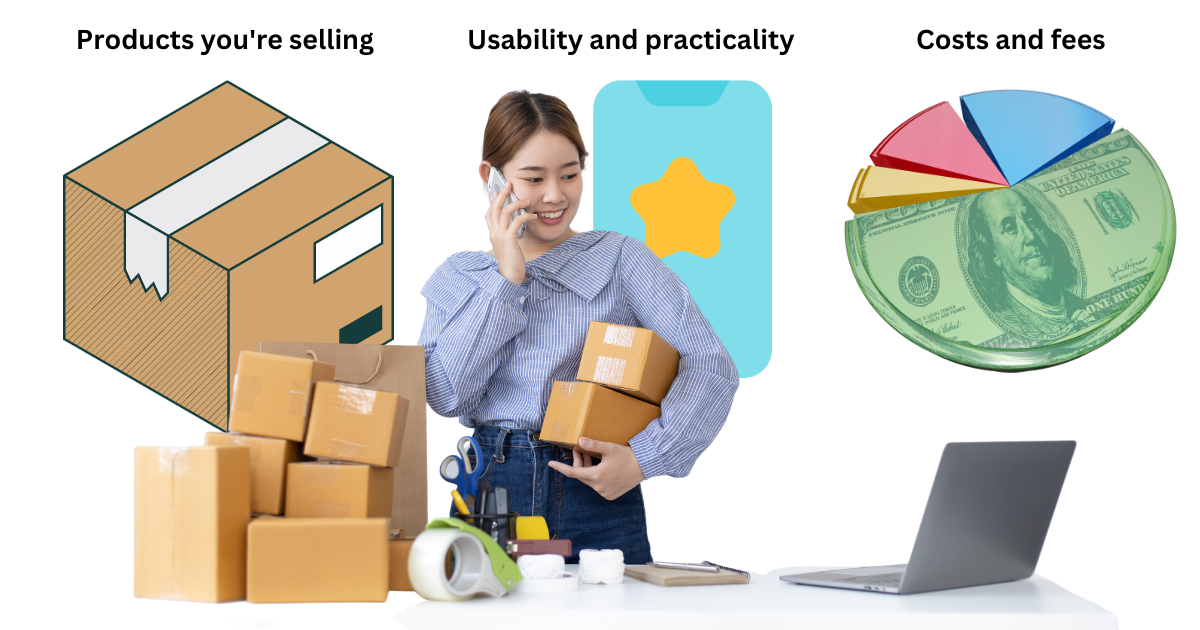

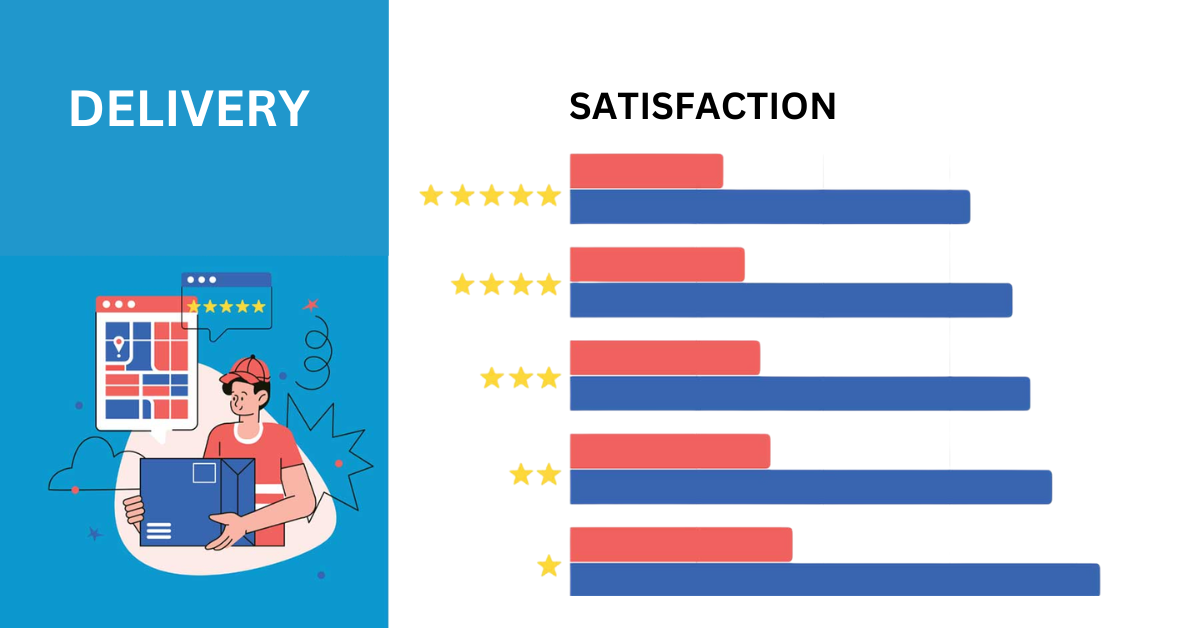
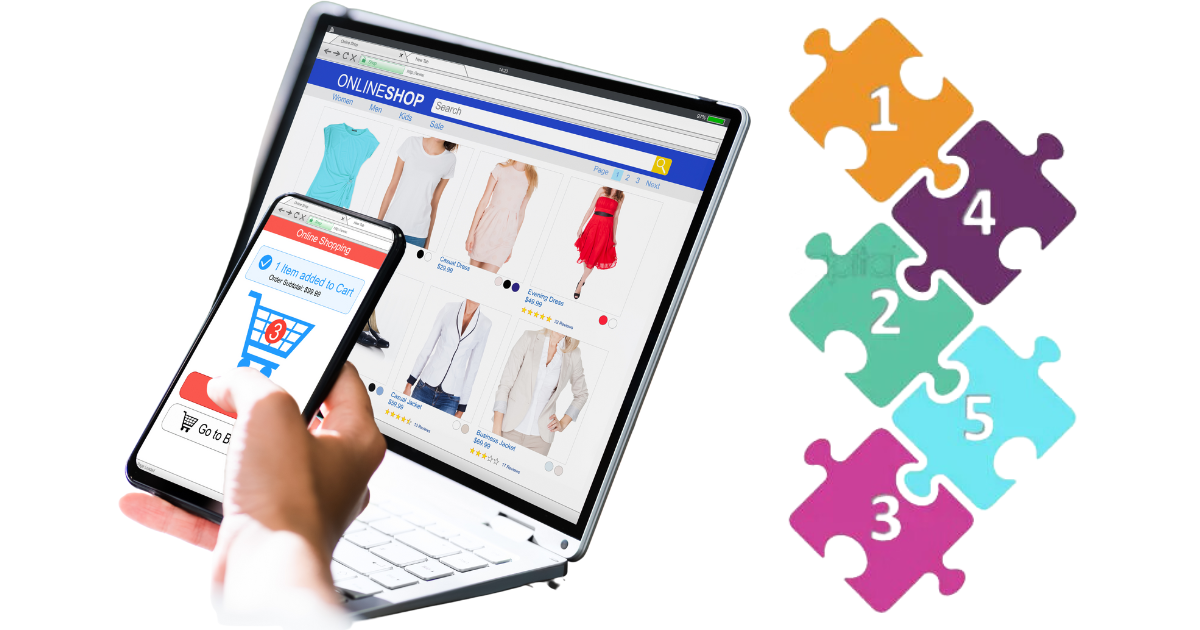
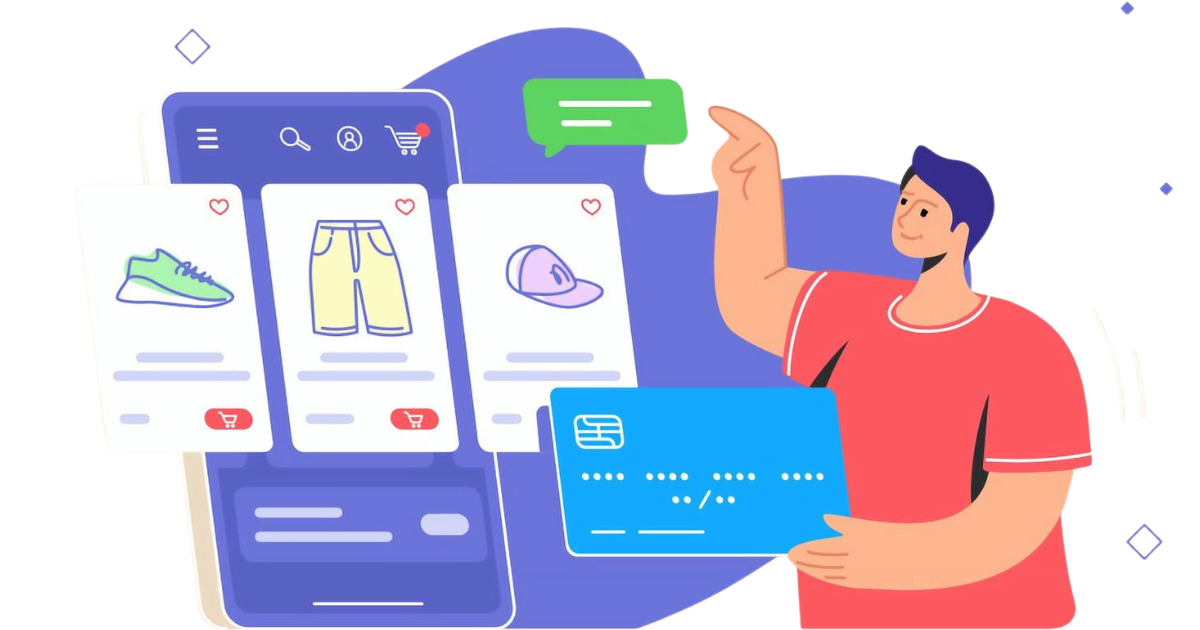
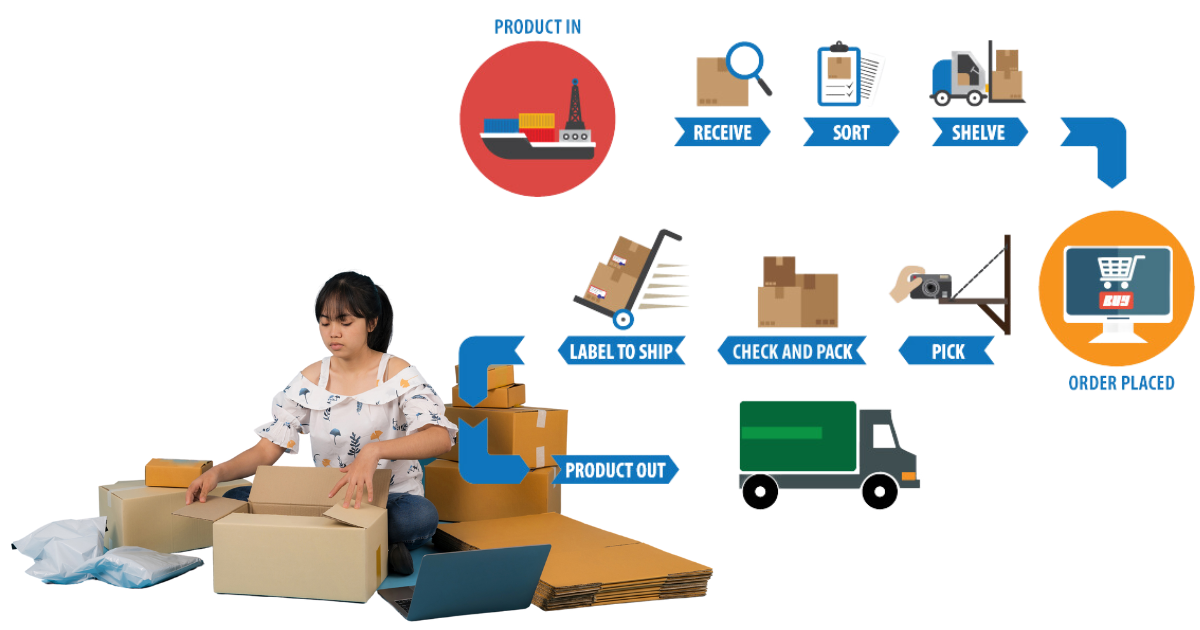

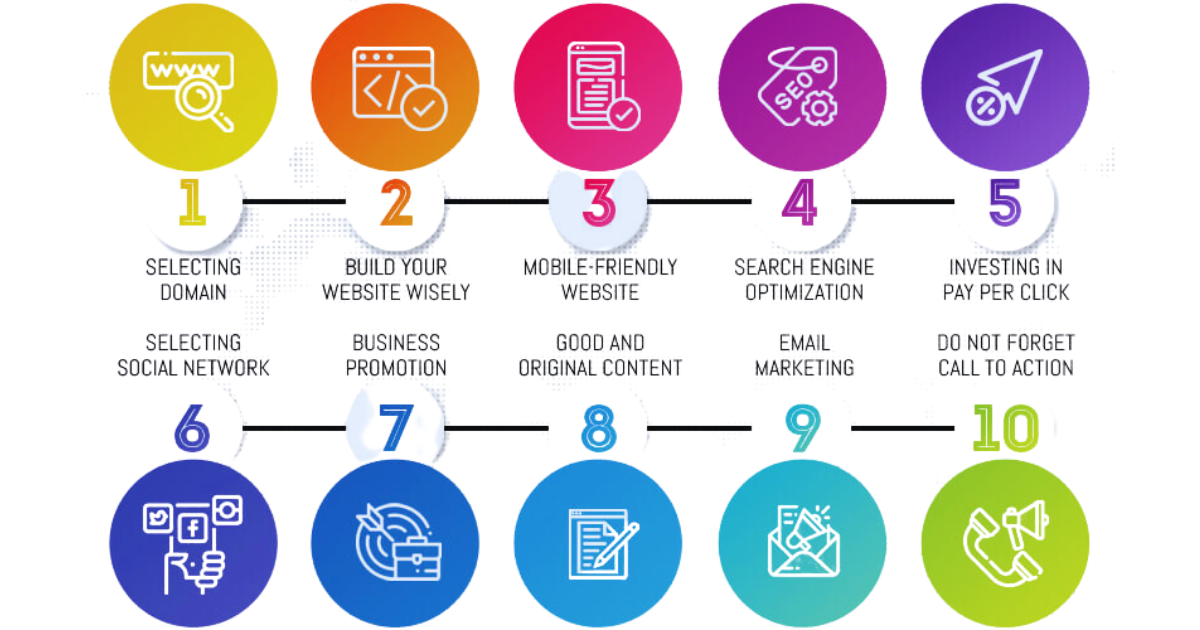




I’m often to blogging and i really appreciate your content. The article has actually peaks my interest. I’m going to bookmark your web site and maintain checking for brand spanking new information.
Thank you so much